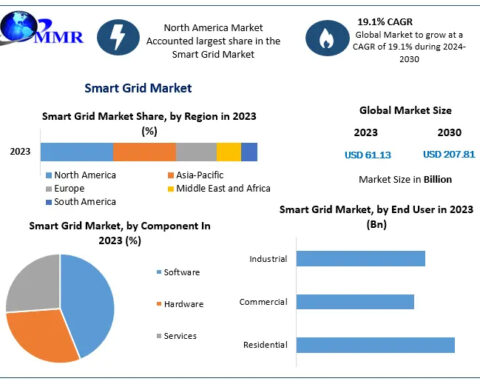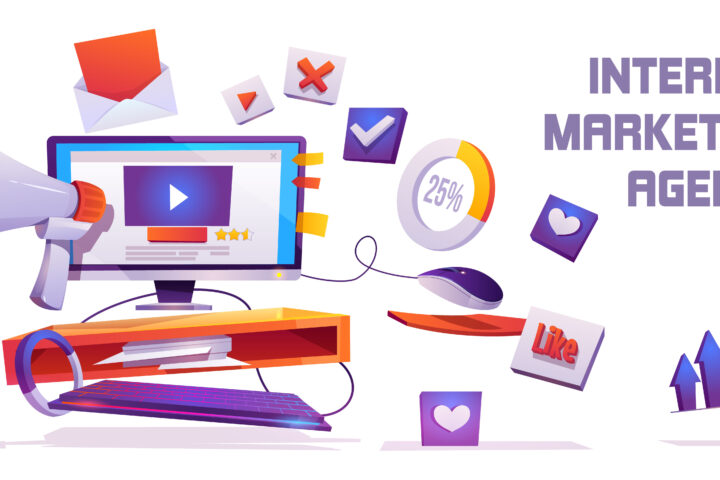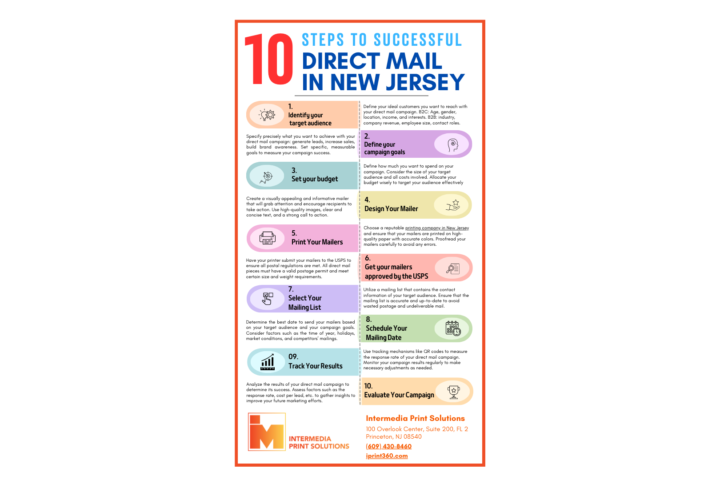In today’s digital age, businesses are constantly seeking more efficient ways to market their products or services. One popular solution that has emerged is hiring a digital marketing virtual assistant. But what are the expenses associated with this increasingly popular remote role? In this article, we will delve into the world of virtual assistants and uncover the hidden costs many businesses overlook.
From managing social media accounts to creating captivating content, a digital marketing virtual assistant can provide a wide range of services tailored to your business’s needs. However, it’s important to consider the financial implications of hiring one. While virtual assistants can offer cost savings compared to in-house employees, there are still factors that should be taken into account, such as hourly rates, project-based fees, and any additional software or tools required.
Join us as we navigate the expenses of a digital marketing virtual assistant, providing you with the insights you need to make an informed decision when it comes to outsourcing your marketing tasks.
The Role of a Digital Marketing Virtual Assistant
A digital marketing virtual assistant is a professional who assists businesses in executing various digital marketing tasks remotely. This role has gained popularity due to its flexibility and cost-saving benefits. Virtual assistants can handle a wide range of responsibilities, including social media management, content creation, email marketing, search engine optimization (SEO), and more.
Virtual assistants are skilled professionals who understand the intricacies of digital marketing and stay up-to-date with the latest trends and strategies. By hiring a virtual assistant, businesses can tap into their expertise and leverage their skills without the need for a full-time, in-house team.
Benefits of Hiring a Digital Marketing Virtual Assistant
There are several benefits to hiring a digital marketing virtual assistant. Firstly, cost savings are a significant advantage. Unlike hiring an in-house employee, virtual assistants typically work on an hourly or project-based basis, which can be more cost-effective for businesses. Additionally, businesses can save on overhead expenses, such as office space, equipment, and benefits.
Another benefit is the flexibility and scalability that virtual assistants offer. Businesses can hire a virtual assistant for a specific project or on an ongoing basis, depending on their needs. This flexibility allows businesses to adapt to changing demands and scale their marketing efforts accordingly.
Furthermore, virtual assistants bring a fresh perspective and a diverse skill set to the table. They often work with various clients and industries, which exposes them to different marketing strategies and trends. This exposure enables virtual assistants to provide valuable insights and innovative ideas to enhance a business’s marketing efforts.
Factors Affecting the Expenses of a Digital Marketing Virtual Assistant
When considering the expenses of a digital marketing virtual assistant, there are several factors to take into account. The most common factors include hourly rates, project-based fees, and any additional software or tools required.
Hourly Rates vs. Project-Based Rates
Virtual assistants typically charge either an hourly rate or a project-based fee. Hourly rates can vary depending on the virtual assistant’s experience, skills, and location. Rates may range from $15 to $50 per hour, and sometimes even higher for highly specialized tasks or niche markets.
Project-based rates, on the other hand, are agreed upon upfront and are based on the scope and complexity of the project. This option can be beneficial for businesses with well-defined projects and specific deliverables. By choosing a project-based fee, businesses can have a clearer understanding of the costs involved and can better manage their budgets.
Additional Costs to Consider When Hiring a Digital Marketing Virtual Assistant
In addition to the virtual assistant’s fees, there might be additional costs to consider when hiring a digital marketing virtual assistant. These costs can include any software or tools required to carry out the marketing tasks effectively. For example, if the virtual assistant needs access to premium analytics tools or graphic design software, the business may have to cover the subscription or licensing fees.
Furthermore, communication and collaboration tools are essential for effective remote work. Businesses may need to invest in project management software, video conferencing platforms, or file-sharing systems to ensure smooth communication and collaboration with the virtual assistant.
It’s crucial to factor in these additional costs when budgeting for a digital marketing virtual assistant, as they can significantly impact the overall expenses.
How to Find a Cost-Effective Digital Marketing Virtual Assistant
Finding a cost-effective digital marketing virtual assistant requires careful consideration and research. Here are a few steps to help you find the right virtual assistant for your business:
- Define your needs: Determine the specific tasks and responsibilities you want the virtual assistant to handle. This clarity will help you identify candidates with the right skill set.
- Set a budget: Determine your budget for hiring a virtual assistant. Consider both the hourly rates and any additional costs associated with the role.
- Research and shortlist candidates: Look for virtual assistants with experience in your industry or who have a proven track record in the tasks you require. Utilize freelancing platforms, social media groups, or professional networks to find potential candidates.
- Evaluate portfolios and reviews: Review the portfolios and client testimonials of the shortlisted candidates. This will give you an idea of their capabilities and the quality of their work.
- Conduct interviews: Schedule interviews with the top candidates to assess their communication skills, professionalism, and cultural fit with your business. Ask about their previous experiences and inquire about their approach to managing projects and meeting deadlines.
- Consider a trial period: If possible, start with a trial period to evaluate the virtual assistant’s performance and compatibility with your business. This will give you a chance to assess their work ethic and ability to meet your expectations.
Remember, finding a cost-effective virtual assistant is not just about the price. It’s about finding someone who can deliver high-quality work and effectively contribute to your marketing efforts within your budget.
Evaluating the ROI of Hiring a Digital Marketing Virtual Assistant
To determine the return on investment (ROI) of hiring a digital marketing virtual assistant, businesses need to consider both the costs and the benefits. While the expenses associated with a virtual assistant may seem significant at first, it’s essential to evaluate the potential long-term gains.
Some key factors to consider when evaluating the ROI include:
- Time savings: Calculate the amount of time you and your team would save by outsourcing marketing tasks to a virtual assistant. This saved time can be redirected towards core business activities, leading to increased productivity and revenue generation.
- Cost savings: Compare the costs of hiring a virtual assistant to the expenses associated with hiring an in-house team. Consider factors such as salaries, benefits, office space, and equipment. Virtual assistants often prove to be a more cost-effective option, especially for small businesses or startups.
- Expertise and quality: Consider the expertise and skills that a digital marketing virtual assistant brings to the table. Accessing specialized skills without the need for extensive training or hiring additional staff can lead to improved marketing outcomes and better overall results.
- Scalability and flexibility: Assess the scalability and flexibility that a virtual assistant offers. The ability to scale marketing efforts up or down quickly can be a significant advantage in dynamic business environments.
By carefully evaluating these factors, businesses can gain a clearer understanding of the potential ROI and make an informed decision about hiring a digital marketing virtual assistant.
Case Studies: Cost Savings Achieved by Businesses with a Virtual Assistant
To illustrate the cost savings achieved by businesses with a virtual assistant, let’s explore a few case studies:
Case Study 1: Small Business A
Small Business A, a startup in the e-commerce industry, hired a virtual assistant to manage their social media marketing and content creation. By outsourcing these tasks, Small Business A was able to save approximately $12,000 per year compared to hiring an in-house marketing team. The virtual assistant’s expertise and efficiency resulted in increased brand visibility, higher engagement, and ultimately, improved sales.
Case Study 2: Medium-Sized Business B
Medium-Sized Business B, a professional services firm, hired a virtual assistant to handle their email marketing campaigns and lead generation. By leveraging the virtual assistant’s expertise in email marketing strategies and automation tools, Business B was able to streamline their marketing efforts and generate a higher return on investment. The cost savings compared to hiring an additional full-time employee were estimated at $30,000 per year.
Case Study 3: Large Corporation C
Large Corporation C, a multinational corporation, decided to outsource their content creation and SEO tasks to a virtual assistant. By doing so, they were able to access specialized skills and industry knowledge without the need for extensive training or hiring additional staff. The cost savings compared to expanding their in-house team were significant, estimated at over $100,000 per year.
These case studies demonstrate the substantial cost savings that businesses can achieve by hiring a digital marketing virtual assistant. However, it’s important to note that the actual savings may vary depending on the specific needs and circumstances of each business.
Conclusion: Making an Informed Decision about Hiring a Digital Marketing Virtual Assistant
In conclusion, hiring a digital marketing virtual assistant can offer numerous benefits for businesses, including cost savings, flexibility, and access to specialized skills. However, it’s crucial to carefully consider the expenses associated with hiring a virtual assistant, such as hourly rates, project-based fees, and any additional software or tools required.
By understanding the factors that affect the expenses and evaluating the potential ROI, businesses can make an informed decision when it comes to outsourcing their marketing tasks. Conducting thorough research, setting a budget, and finding a cost-effective virtual assistant who aligns with your business goals are essential steps in maximizing the benefits and minimizing the expenses of hiring a digital marketing virtual assistant.
In this digital age, businesses must adapt to the ever-changing landscape of marketing. Hiring a digital marketing virtual assistant can be a strategic move to enhance your marketing efforts while optimizing costs. So, take the leap and explore the world of virtual assistance to unlock the full potential of your business’s digital marketing endeavors.




























